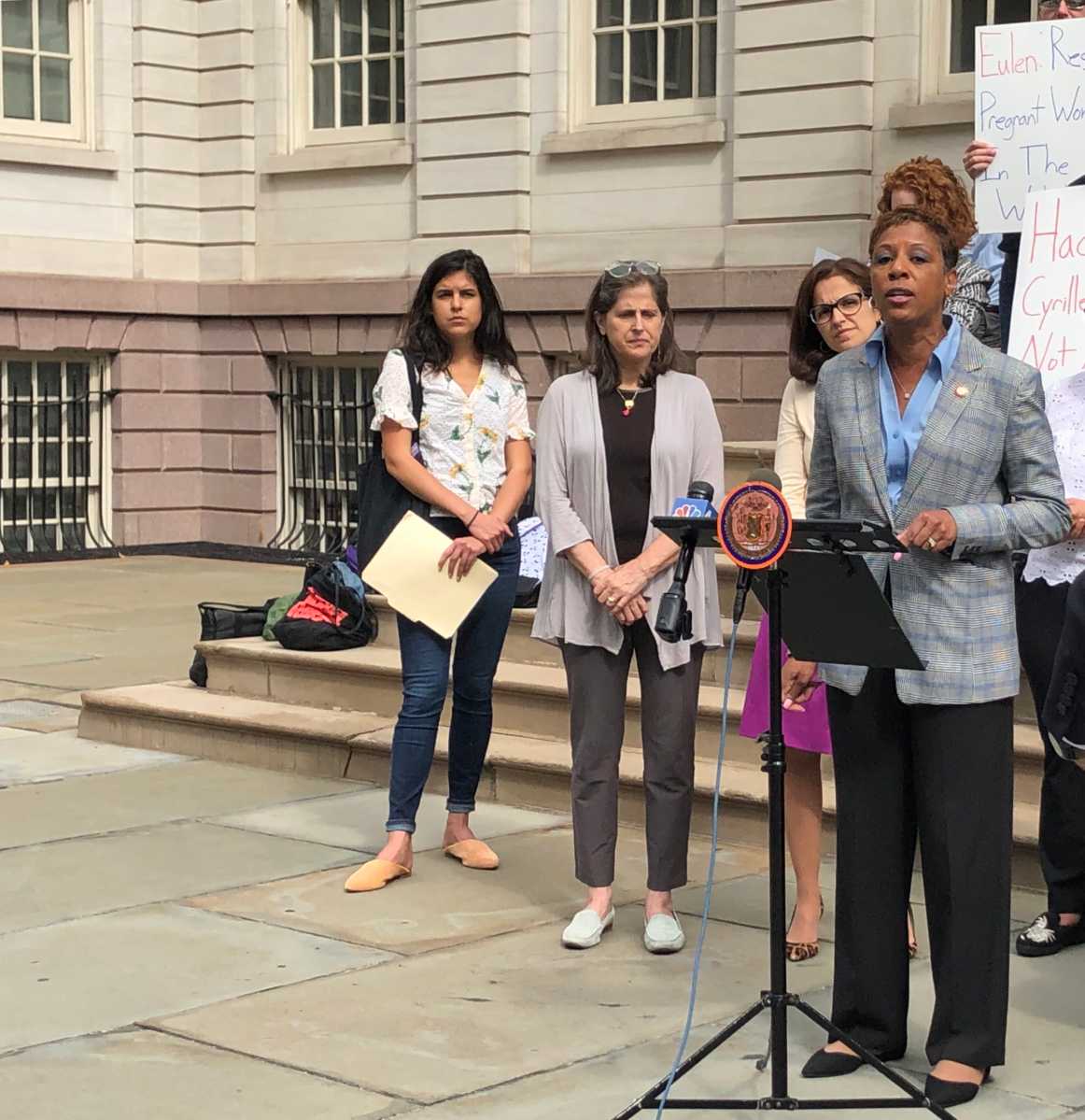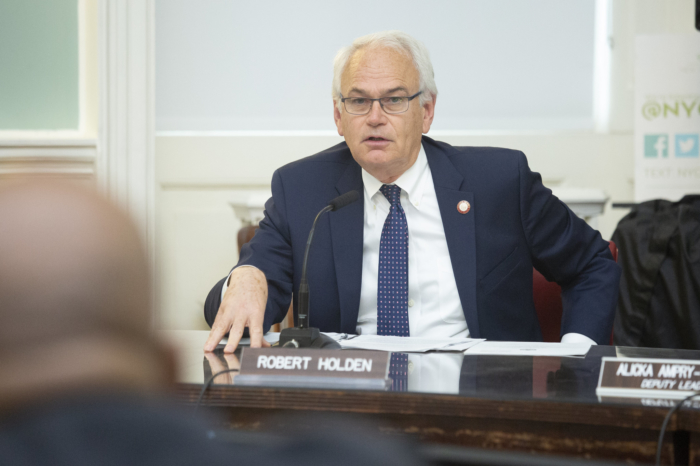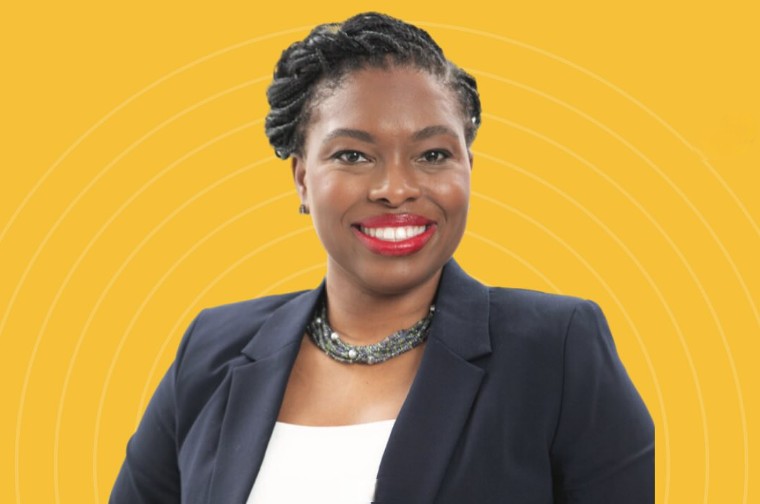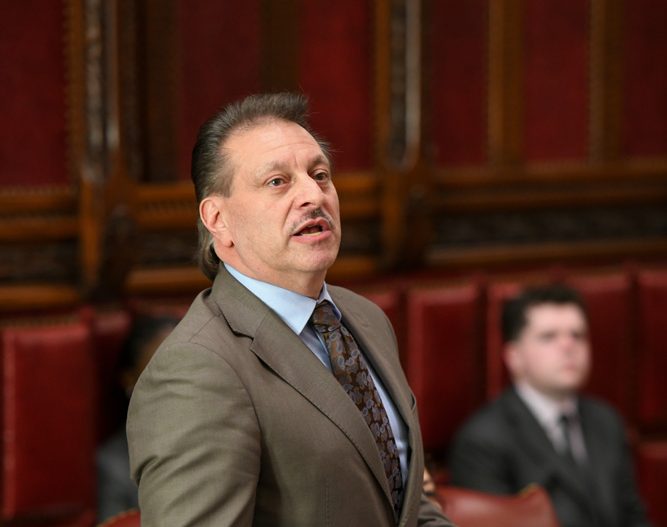The city’s Committee on Environmental Protection will hold an oversight hearing at the Council Chambers on Wednesday at 10 a.m. in Manhattan, to gain clarity on what transpired during a holiday weekend that became disastrous in southeast Queens.
On Nov. 30, approximately 80 houses were flooded with sewage in South Ozone Park and South Jamaica, resulting in many residents having to evacuate their homes because of the stench and waste buildup, according to Councilman Costa Constantinides’ (D-Astoria) office.
“Instead of enjoying a quiet holiday weekend, hundreds of Queens residents dealt with an unhealthy flood that destroyed their belongings and damaged their homes,” said Constantinides, chair of the Committee on Environmental Protection. “We deserve answers as to what caused this mess as well as why the City initially responded in an unclear manner that seemed to blame the community.”
Officials from the Department of Environmental Protection seemed to have blamed the residents for the incident by stating that people homeowners might have poured grease down their drains during the Thanksgiving holiday, which was days earlier, despite having no evidence to the actual cause.
Many people from those neighborhoods were offended by the response, including the residents’ Councilwoman Adrienne Adams (D-Jamaica).
“Happy to hear @NYCMayor publicly dispel the ‘grease drainage spin’ that was initially reported,” tweeted Adams. “For any #District 28 resident affected by this weekend’s flood, there will be a service center open this morning at the Courtyard Marriott (145-11 N Conduit Ave-Lower Level A&B, Jamaica, N.Y.) to assist impacted residents.”
The more likely cause to the sewage backup is a damaged main, which services roughly 300 homes, according to Mayor Bill de Blasio, who sent NYC Emergency Management and the Red Cross to help families impacted by the flood.
In 2014, $20 to 40 million was allocated to the DEP for sewage upgrades to South Ozone Park and a large interceptor was installed to increase the capacity of the drainage system to prevent overflows, according to nyc.gov.
The project ran into challenges because it caused disruption to local businesses, was near a heavily trafficked thoroughfare and sandy ground but was completed in late 2016, according to TrenchlessTechnology, an online publication that reports on the underground infrastructure market.
“It is outrageous that so many South Ozone Park residents were displaced and suffered property damage when their homes were flooded by sewage just after the holiday,” said Council Member Adrienne Adams. “Apologies will not make these residents whole. It is imperative that we get answers from the Department of Environmental Protection for the residents of Southeast Queens that are still struggling.”
For residents that don’t want to wait until Dec. 11 to get answers in Manhattan, there is a community briefing at the Lyndon B. Johnson School (P.S. 223) located at 125-20 Sutphin Blvd. at 2 p.m. on Dec. 8 hosted by DEP and NYC Emergency Management.
“I stand with my colleague, Adrienne Adams, in getting to the bottom of this,” said Constantinides.










